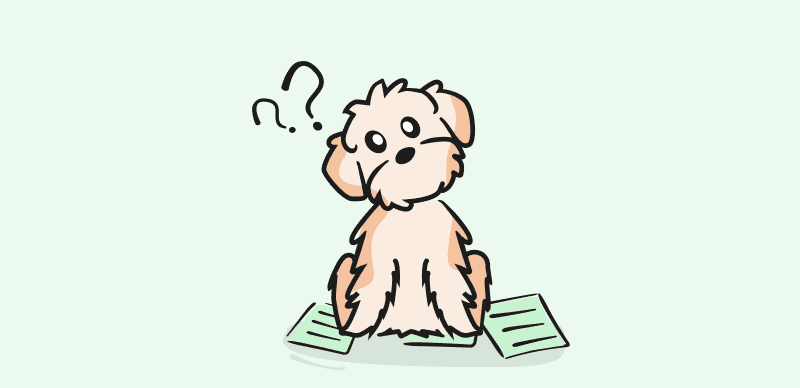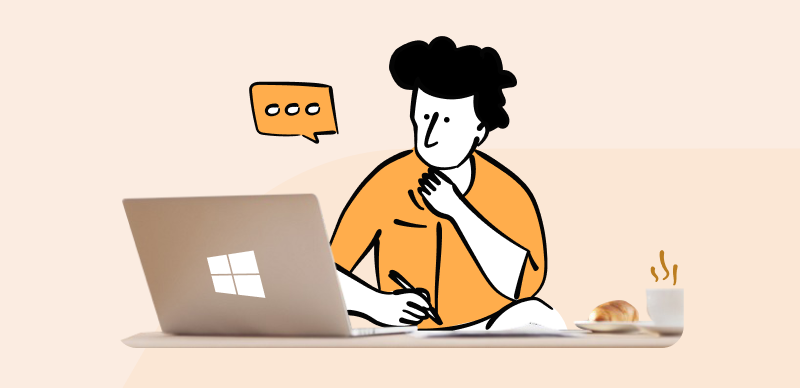How to Write a Software Design Document

How to Write a Software Design Document
The process of creating a software application from scratch is very creative and involves a lot of planning, testing, and revising. It is sometimes done by an individual, but more often a large team is working on the same software product over a long period of time. That necessitates a system for communicating key principles and documenting all previous versions of the code.
Writing a good software design document is thus an important skill for a developer, and should be nurtured from an early career stage. Novices might sometimes resist learning this aspect of the job, but veteran software engineers understand why it matters and can complete it without a huge loss of time or focus. With a well-written design document in place, the efforts of the entire team can be coordinated and the finished product is more likely to meet the intended specifications.
This article aims to demystify software project documentation and present some practical techniques and tips that can help with its creation.
Also Read: Export and Save Cricut Design as JPG >
What is a Software Design Document?
A software design document is a key part of the technical documentation that accompanies every commercial application. This document summarizes the methods used to create the software, explains which modules it should consist of, and outlines the major tasks that have to be completed on the road to final delivery. In essence, this document serves as the guiding vision of the team and provides a blueprint against which to compare the actual progress of the project.

What is a Software Design Document
It goes without saying that a technical document of this kind needs to be as precise and detailed as possible. Only a person that fully understands the requirements of the project, as well as the capacities of the development team, can formulate a meaningful software design document. At the same time, the language used in the document must be unambiguous and actionable, while the content should be based on clear expectations.
This document serves to provide firm answers to difficult questions related to design choices and it’s primarily intended for internal use, so its content must encapsulate the product philosophy and translate it into a technical vocabulary that team members are familiar with.
Why Do You Need to Write a Software Design Document?
Software development organizations are sometimes tempted to skip the documentation step entirely or reduce it to a mere formality, especially if they are under a lot of pressure to meet tight deadlines. This would be a serious mistake, as software documentation is extremely valuable and can help to solve several practical challenges and avoid major risks. Here are the main reasons why a software design document should always be written:
- It provides a big-picture view along with the main methods that can lead to the desired outcome
- It helps teams stay on the same page and produce mutually compatible code
- The document contains impartial reference that may be helpful for solving disputes
- The scope of the project transcends the size of the original development team
- The nature of the project is complex and requires detailed strategic planning
- Transparent documentation provides a way to track down errors that cause recurrent issues
While this list of reasons doesn’t cover all possible situations, it clearly illustrates the value of this document in different business contexts. Knowing this, organizations of any size would be wise to make software design document creation a mandatory step in the realization of any software idea.
How to Write Great Software Design Documents?
The main challenge with writing technical documentation to support the software development process is how to translate abstract objectives into clearly defined, actionable guidelines. This difficulty is on full display during the formulation of a software design document, with the added responsibility to foresee all potential roadblocks that might be encountered if the team takes a certain approach to the problem.
In such a high-pressure environment, it helps to have a default methodology for writing software design documents to lean back on. The most optimal procedure depends on the type of the project, the know-how of the company, external expectations, etc. but in general terms, there is a clear blueprint to follow. Here are the most important aspects of this task that deserve closer attention:
Key parts of a software design document
In most cases, a software design document should include a number of standard elements that don’t change across projects. Here are some of the sections that can be expected to be found in this document:
- Overview and Contextualization of the Project
- Main objectives and preferred methods to achieve them
- Key people or teams tasked with the realization of the plan
- Proposed solutions to the most relevant challenges
- Precisely defined deliverables and milestones that allow for objective evaluation
Design document writing procedure
Despite structural differences between software development jobs, most organizations adopt a strict procedure that ensures the design document will be based on a realistic assessment of all factors. The procedure typically involves a brainstorming and discussion phase, followed by the creation of the first draft of the design document. Feedback should be collected from all stakeholders before the draft is amended and expanded into a more refined version. The final step can include the addition of tables and graphics, as well as formatting the document in a way that will make it more accessible by the team members.
Who should write a software design document?
While a software design document is often a collaborative effort, one person can take the lead and write most of the text. This is most commonly the lead developer in charge of the project or a team leader supervising it since those individuals tend to have the most information on to base their predictions on. However, any experienced and skilled team member could assume this task in theory.
Final Words
Writing software design documents may seem to be an overlooked skill, but all the best organizations take it very seriously and reward employees who adhere to the accepted methodology very strictly. Consequently, every developer should be aware of the relevance of well-crafted design documents and capable of contributing to their creation to some extent. This article explains the basics of this process, but if you want to become an expert at crafting design documents you should research some practical examples and try writing a few sample docs.



